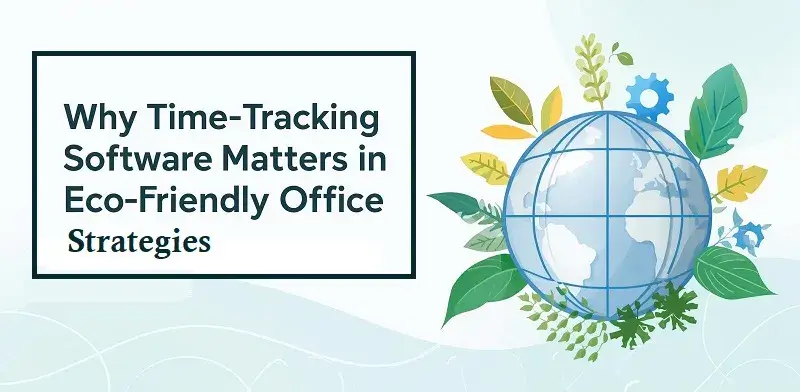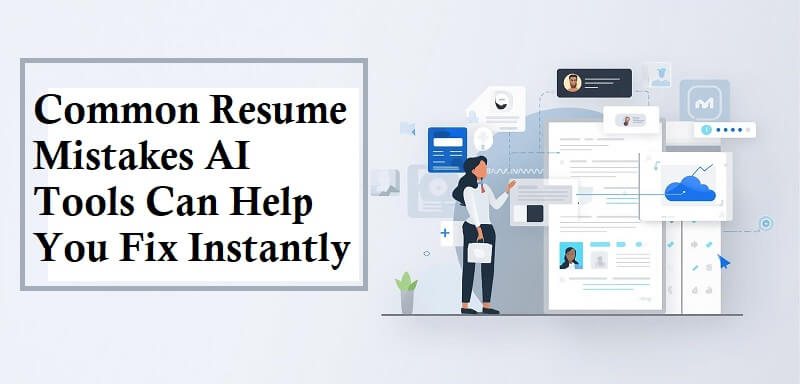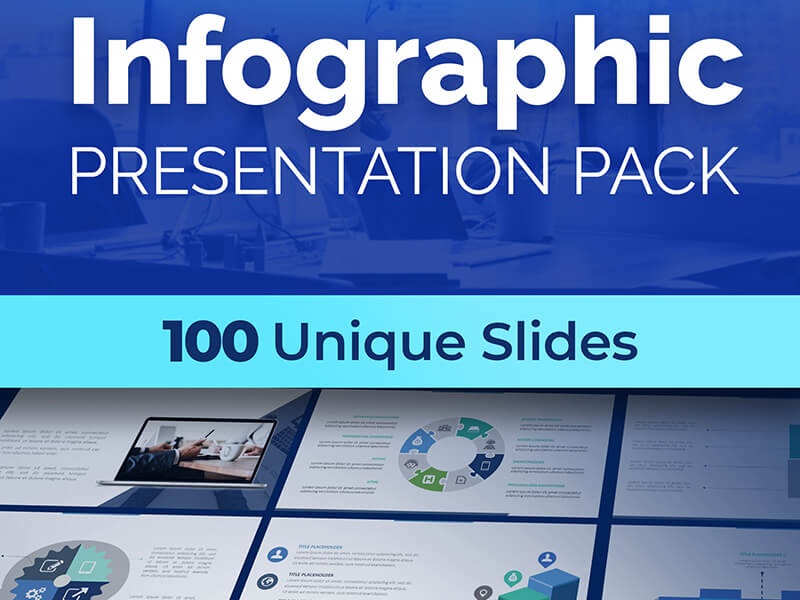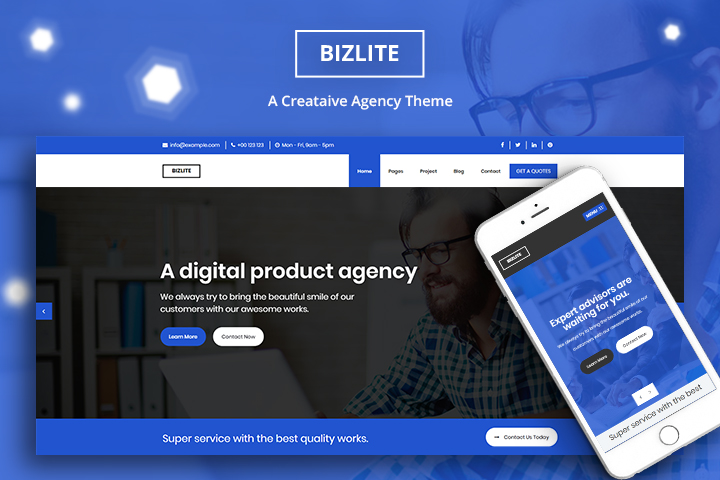Organizations are continually seeking to unlock the full potential of their vast information trove. However, the journey from raw data to actionable insights is fragmented, complex, and resource-intensive. Businesses are using uneven tools, siloed data, and an increasing demand for real-time intelligence information. Here, Microsoft Fabric comes into play, a revolutionary, all-in-one analytics platform designed to simplify, intensify, and democratize the entire data lifecycle.
Moving beyond traditional data warehousing and isolating analytics solutions, the Fabric provides a unified software-as-a-service experience. Microsoft Fabric brings together data engineering, data science, and analytics in a unified platform. It supports AI-driven insights that help businesses make smarter decisions and automate complex workflows. If you’re exploring Microsoft’s AI ecosystem further, don’t miss our article on Microsoft Copilot Features and Use Cases to see how Copilot is transforming productivity across Microsoft 365 tools.
But how is Microsoft Fabric empowering organizations across various industries? This blog will explore how businesses across industries achieve unprecedented levels of efficiency, innovation, and competitive advantage with Fabric.

Real-World Applications of Microsoft Fabric
The true power of the Microsoft Fabric lies in its versatility, enabling organizations of all sizes and shapes across every industry to unlock unprecedented insights and drive innovation.
Working with experienced Microsoft Fabric Consultants can further enhance these outcomes by providing strategic advice, technical expertise, and hands-on support. Their involvement ensures that organizations can deploy and scale Microsoft Fabric effectively, aligning it with specific business goals and data strategies.
Let’s explore some real-world Microsoft Fabric use cases across the sector:
1. Healthcare: Revolution in Patient Care and Operational Efficiency
From healthcare electronic health records (EHRs) and medical images to genomic data and real-time patient monitoring, it produces a massive amount of sensitive and complex data. Here are the leading Microsoft Fabric use cases that are strengthening healthcare providers:
- Personalized Therapy: By combining patient data from various sources, including clinical records, laboratory results, and wearable devices, the Microsoft Fabric enables the creation of complete patient profiles. This data fuels advanced analytics and AI models to identify disease forecasts, predict treatment efficacy, and personalize drug doses, allowing for more effective and seamless care.
- Future-Stage Patient Results: Analyzing historical patient data, treatment protocols, and readmission rates allows hospitals to identify patients with high-risk incidents or adverse events. This enables active interventions, improves patient safety, and adapts resource allocation.
- Adaptation of Hospital Operations: Microsoft Fabric helps to analyze the logistics for patient flow, resource usage (beds, operating rooms, staff), and medical supplies. This leads to streamlined administrative functions, shorter waiting times, better employee time, and more efficient use of expensive equipment.
- Quick Medical Research: Researchers can access data to analyze and analyze datasets primarily for clinical trials, drug discovery, and epidemiology. It intensifies research cycles and brings life-saving.
2. Financial Services: Safety, Compliance, and Strengthening Customer Relations
The financial sector continually faces hazards due to strict regulatory investigations and fraud. Here are the top Microsoft Fabric use cases in finance that provide strong potential for:
- Real-Time Fraud Detection: By ingesting and analyzing real-time transactions, customer behavior, and network activities, Microsoft Fabric identifies fraud with remarkable speed, enabling financial institutions to detect suspected patterns and discrepancies. This reduces financial loss and increases customer trust.
- Promotes Risk Management: Microsoft Fabric unites data from market conditions, customer portfolios, economic indicators, and historical events. This enables more accurate modeling of credit risk, market risk, and operational risk, which in turn improves customized investment strategies and facilitates better capital allocation.
- Automatic Regulatory Compliance and Reporting: With its strong integration with Microsoft PurView for data governance and security, Microsoft Fabric helps financial institutions automate the collection, modification, and reporting of data required for compliance with regulations such as GDPR, CCPA, and Basel III. This reduces manual effort and audit risk.
- Personalized Banking Experience: By understanding customers’ financial behavior, preferences, and life events, banks can offer highly individualized products, tailored investment advice, and active financial planning services, fostering deep customer loyalty.
3. Retail and E-Commerce: Driving Sales and Customer Loyalty
In the dynamic retail landscape, it is essential to understand customer behavior and optimize the supply chain. Microsoft Fabric helps retail vendors:
- 360-Degree Customer Views: By integrating data from online purchases, in-store POS systems, loyalty programs, social media, and customer service interactions, the Fabric creates a complete view of each customer. It promotes excessive individual marketing campaigns, product recommendations, and promotions, which significantly increase conversion rates and customer lifespan value.
- Real-time Inventory Optimization: Microsoft Fabric enables real-time tracking of inventory levels in all channels, predicting demand fluctuations with greater accuracy. It reduces stockouts, minimizes excess inventory, and optimizes supply processes, ensuring that products are always available when customers need them.
- Dynamic Pricing Strategies: By leveraging real-time data on competitive pricing, market demand, and customer behavior, retailers can implement dynamic pricing strategies that maximize revenue and profitability.
- Supply Chain Flexibility: By integrating data from suppliers, logistics, and distribution networks, retailers gain end-to-end visibility, enabling the proactive identification of potential disruptions and swift reactions to ensure product availability.
4. Manufacturing: Efficiency and Future Stating Abilities
The manufacturing industry generates substantial amounts of data from interconnected machines, production lines, and enterprise systems. Microsoft Fabric is Important in:
- Predictive Maintenance: Microsoft Fabri enhances real-time sensor data from machinery (temperature, vibration, pressure, run-time). Machine learning models developed within the Microsoft Fabric can then predict equipment failures, enabling active maintenance scheduling, reducing expensive unplanned downtime, and extending the lifetime of valuable assets.
- Production Adaptation and Quality Control: By integrating data from all stages of the manufacturing process, the Microsoft Fabri enables overall equipment effectiveness (OEE), identifies bottlenecks, and facilitates detailed analysis of production program adaptation. Detecting real-time discrepancies can immediately flag quality issues, reduce waste, and improve the product’s stability.
- Smart Factory Operation: Microsoft Fabric can integrate with data from various factory systems to create a digital twin of the environment, enabling real-time monitoring, simulating different scenarios, and making autonomous decisions to customize energy consumption, resource allocation, and workflow.
- Demand Forecasting and Production Planning: Historical sales data, analyzed market trends, and external factors help manufacturers to make more accurate demand forecasts. This reduces the cost of reducing inventory, leads to customized production schemes, and improves order supply rates.
5. Government: Driving Proficiency, Transparency, and Civil Services
Public sector organizations manage large amounts of data related to citizens, infrastructure, and public services. Microsoft Fabric strengthens them by:
- Smart City Initiative: Integration of data from urban sensors (traffic, air quality, waste management, and public safety) enables Microsoft Fabric to adapt urban planning, improve public transport, enhance emergency response, and enable real-time monitoring and analysis, ultimately creating a safe and more efficient environment.
- Adaptation of Public Services: Governments can analyze civil contact data, service request patterns, and resource allocation to identify sectors for improvement in public services, which can lead to more efficient distribution and greater citizen satisfaction.
- Detection of Fraud, Waste, and Misuse: By analyzing large datasets related to grants, benefits, and contracts, Microsoft Fabric can help identify patterns of fraud, waste, or abuse, increase accountability, and protect taxpayers’ money.
- Policy Effectiveness Evaluation: Governments can utilize data analysis to assess the impact of various policies and programs, enabling evidence-based policy-making and continuous improvement.
6. Education: Learning and Adaptation of Resources
Educational institutions collect data on students’ performance, attendance, course effectiveness, and resource usage. Microsoft Fabric provides a solution for:
- Personalized Teaching Paths: Student performance data, learning styles, and engagement metrics can help teachers develop effective teaching methods for learning materials, address individual students’ needs, improve educational outcomes, and enhance student retention.
- Student Success Analytics for Success: Identifying students at risk of falling behind or dropping out enables early intervention and targeted support, ultimately improving graduation rates and overall student well-being.
- Campus Operations Optimization: Microsoft Fabric analyzes resource usage, energy consumption, and data related to administrative processes, enabling resource allocation to be adapted, reducing operational costs, and improving the efficiency of complex services.
- Courses Development Insight: By analyzing students’ performance in various courses and modules, teachers can gain insight into the effectiveness of the course and identify areas for improvement.
7. Energy and Utilities: Increase Grid Stability
The area of energy and utilities is closely tied to complex networks, demand, and the need for ongoing practices. Microsoft Fabric helps them in:
- Smart Grid Management: Complete real-time data from smart meters enables the grid to forecast, control energy distribution, predict demand fluctuations, manage outages more effectively, and integrate renewable energy sources efficiently.
- Future-State Maintenance for Infrastructure: Analyzing data from power lines, transformers, and other infrastructure components helps predict equipment failures, enabling active repair, reducing downtime, and ensuring a reliable power supply.
- Customer Energy Consumption Adaptation: Utilities can analyze customer consumption patterns and provide individualized insights and recommendations to consumers to reduce their energy use, promote stability, and lower costs.
- Asset Performance Management: Fabric helps monitor the health and performance of critical assets, enabling proactive maintenance and extending their lifespan.
As organizations continue to navigate the complexities of the data-operating world, Microsoft Fabric stands as a powerful colleague. As per the above Microsoft Fabric use cases, the future of data-driven decision-making is here, and Fabric powers it.
Core Benefits of Microsoft Fabric
Microsoft Fabric is an integrated analytics platform that mixes data engineering, data science, data warehousing, real-time analytics, and business intelligence in a SaaS. Let’s examine the core benefits of Microsoft Fabric in more detail. Supported by practical value and Microsoft Fabric use cases:
1. Integrated Data and Analytics Platforms
Microsoft Fabric traditionally merges individual data services, such as Azure Data Factory, Synapse, Power BI, and real-time analytics, into a complete platform.
Real world influence:
- Eliminates the need to sew several devices or platforms simultaneously.
- Teams can work on data ingestion, change, analytics, and visualizations in the same environment.
- Integration reduces overhead, compatibility issues, and development time.
Outcome: Rapid project delivery, streamlined cooperation, and coherent data workflows in teams.
2. OneLake – Integrated, Centralized Data Storage
The Microsoft Fabric, a cloud-scale data lake, is built on a platform. All Microsoft Fabric experience, including data engineering, data science, and BI, automatically stores data in OneLake.
Real world influence:
- All acts as a “single source of truth” for all organizational data.
- The data is logically arranged in domains and workspaces, making cooperation easier.
- Domestic support for open formats such as Delta Lake promotes interoperability.
Outcome: There will be no more data repetition or silos. Adapting the shared dataset in departments with complete control simplifies data access and governance.
3. SaaS Flexibility with PaaS Simplicity
Microsoft Fabric is a SaaS, which means that users do not need to manage infrastructure, resources, or software updates manually.
Real world influence:
- Data can focus on data modeling, analytics, and insights rather than professional DevOps or server management.
- Microsoft controls seamless updates and optimization.
- New users can start in minutes, not days.
Outcome: Significant reduction in IT overhead, better user adoption, and faster time to value.
4. Deep Integration with Power BI
Power BI was initially made in Microsoft Fabric, not only connected. Each dataset or model in Fabric is available immediately for BI reporting.
Real world influence:
- A real-time dashboard can be made from direct ingestion or converted data.
- Power BI reports are automatically refined and governed under the same security model.
- Professional users can easily consume insights without relying too much on technical teams.
Outcome: Taking fast and easy decisions in business units.
5. Real-Time Data Ingestion and Analytics
The Microsoft Fabric event supports real-time streaming data through domestic integration with the hub and IOT data sources, allowing for immediate analysis.
Real world influence:
- Identify discrepancies (e.g., fraud, equipment failure) as they occur.
- Operations in a real-time dashboard and monitor the KPI.
- Smart manufacturing, combined with live customer enablement, supports various use cases, including analytics and more.
Outcome: Businesses can work immediately, increase in accountability and operational agility.
6. Underlying Data Science and Machine Learning
Data scientists can manufacture, train, and deploy the ML model within the Fabric using tools such as Spark, Notebooks, and native integration with ML.
Real world influence:
- Develop future models directly from centralized data to support demand prediction, churn prediction, or risk analysis.
- Leverage Copilot to generate Python or Spark code with natural language signals.
- There is no need to export data to any other environment.
Outcome: Demonstration of advanced analytics, AI-managed business processes, and accelerates innovation.
7. Enterprise-Grade Governance with Microsoft Purview
Fabric enables complete control over data governance, including Microsoft PurView, Access, Data Classification, and Compliance.
Real world influence:
- Automatically track the origin of the data.
- Classified sensitive data (PII, financial data) for regulator compliance (eg, GDPR, HIPAA).
- Manage access rights using centralized policies.
Outcome: Organizations remain safe and obedient, enabling secure data sharing and reuse.
8. AI-Productivity with Copilot
Microsoft Fabric includes Copilot, an AI-powered assistant that helps users write code, generate reports, and formulate queries using natural language.
Real world influence:
- Analysts may ask natural questions, such as “show the trends of sales by the region in the last 6 months,” and get an immediate visual or SQL query.
- Developers can generate complex ETL code with some indications.
- Vocational users can interact with data even without technical skills.
Outcome: Increase in productivity, reduced dependence on developers, and access to broad data.
9. Open Ecosystem and Interportability
The Microsoft Fabric supports open-source data formats, and external data can connect to OneLake and third-party tools.
Real world influence:
- Easily connect AWS, Google Cloud, Snowflake, or on-arrive data.
- Use sparks, delta lakes, and wood for advanced changes.
- Expand the abilities of the Fabric with your tools or API.
Outcome: Flexibility to create hybrids and multi-cloud solutions without seller lock-in.
10. Cost Efficiency and Licensing Simplicity
With Microsoft Fabric, organizations only pay for the integrated capacity models they use.
Real world influence:
- There is no need to purchase and manage separate licenses for Power BI, SNPS, or Data Factory.
- Sharing unused resources, sharing computable capacity in the workload.
Outcome: Low total cost of ownership with predictable pricing and more ROI (TCO).
Whether you are a Fortune 500 Enterprise or a Mounting Startup, Microsoft Fabric provides the data-first tools, flexibility, and intelligence required to flourish. With everything built around simplicity, cooperation, and scalability, Microsoft Fabric empowers organizations to make fast, thoughtful, and more secure decisions.
Conclusion:
The scenario of data analytics is undergoing a reform, and at the forefront is the Microsoft Fabric. As we have observed through various Microsoft Fabric use cases in industries, it is not just an incremental improvement; it is a fundamental shift in how organizations can leverage their data.Furthermore, continuous innovation within the Microsoft ecosystem, including deep AI integration, advancements in extended mirroring capabilities, and enhanced data governance, promises to unlock even more productive applications. Any organization aspires to flourish in the era of AI and intelligent decision-making; embracing expert Microsoft Fabric consultants, such as Aegis Softtech, is not just an option but a strategic imperative. This is the future of integrated analytics, and it is already giving tangible results in every industry.








